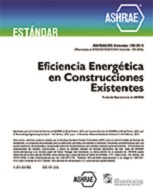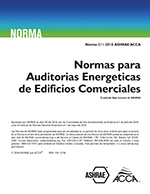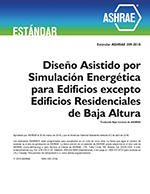Description
After controlled trials lasting 5 years in 19 hospitals in Europe, it was found that a substantially downward flow of microbiologically clean air, without any peripheral entrainment of contaminants, reduced wound sepsis more effectively than any other means. This reduction was at least 50% and when a body exhaust system was also used, the reduction in wound sepsis was at least 75%, whether antibiotics were used or not. With these unidirectional downward (laminar) flow systems, the side panels or drapes which were necessary to prevent peripheral entrainment of ambient air, contaminated by body emissions of those outside the clean zone, were found to be restrictive to surgeons and their procedures.
An exponential (trumpet shaped) flow of microbiologically clean air was found to overcome these objections. From an overhead canopy, the air flows centrally downwards and then radially outwards, so peripheral entrainment cannot occur, consequently restrictive side panels are not required and so the system cannot be abused by leaving them off. Exponential flow clean zones for surgery are now in use in over 30 countries and when used in conjunction with the body exhaust and gowns for the members of the surgical team and the patient, it has been shown that zero cfu/m3 is achievable in the air during surgery and that wound sepsis from the airborne route is eliminated without inconvenience to anyone in the operating room.
Citation: Symposium, ASHRAE Transactions, 1985, vol. 91, pt. 1B, Chicago
Product Details
- Published:
- 1985
- Number of Pages:
- 14
- File Size:
- 1 file , 1.7 MB
- Product Code(s):
- D-CH-85-06-2




